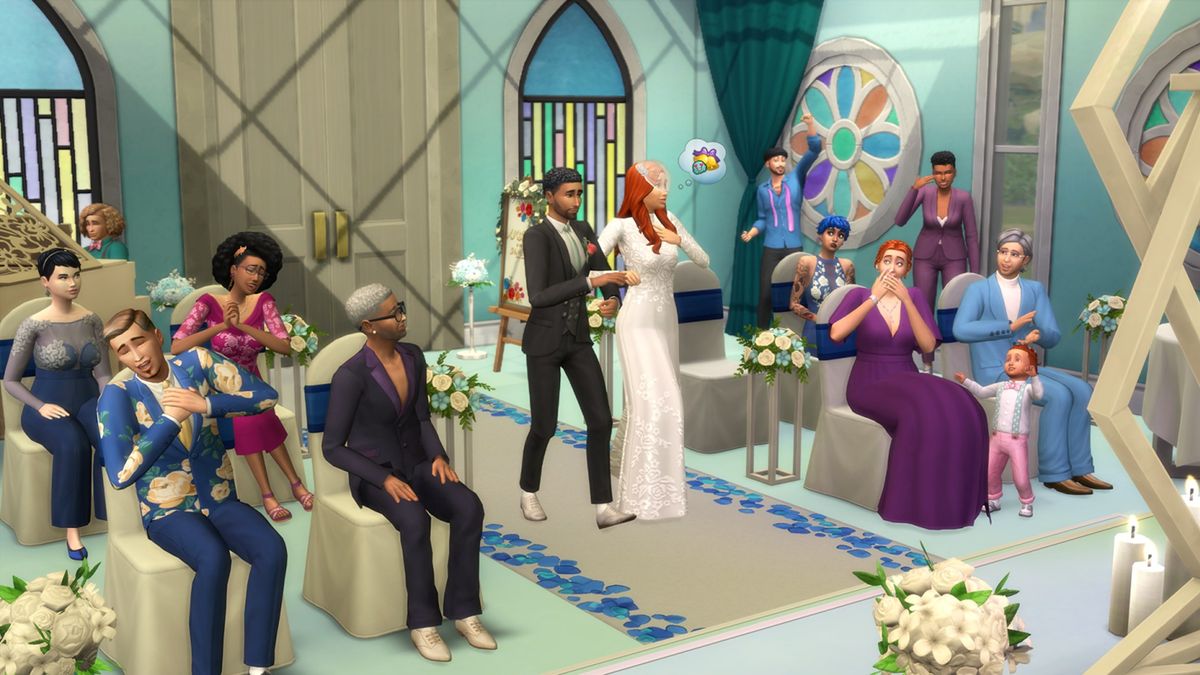
Box Score is a weekly column that offers a look at sports games and the athletic side of the industry from the perspective of veteran reviewer and sports fan Richard Grisham.
This is the third of a 3-part series examining how FIFA for the Vita went from conception to completion. To read Part 1, click here; Part 2 is here.
“This is where a little piece of you dies.”
So laments Matt Prior, producer of FIFA for Sony’s new Vita handheld. The final months of a game’s development cycle are when the toughest, most painful decisions are made. After a year and a half of planning, designing, building, and testing, Prior and his team must look at each other and kill one or more features they’d desperately hoped would make it into the hands of the players.

“As a producer, you want to make the best possible product you can,” explains Prior. “All producers are gamers; we’ve sat there and criticized other products, but the reality is every team is working its hardest. You have to make those sacrifices and decisions.”
Sometimes those decisions can be taken personally. Each major aspect of a game has an individual producer associated with it; cuts to that mode can make that person feel as if their work has been compromised or, even worse, eliminated altogether. No one said the business of building videogames was easy, after all. It’s a simple, cold calculation. “You’re up against time and budget,” says Prior. “That’s the most brutal, from a producer’s standpoint.”
The last few weeks of a game’s development are frantic. When things are going well, that’s when the daily builds start to reveal the essence of what it will be. “You’re up against the time limit and it’s kind of a critical phase. (That’s your) chance to put the polish on it; hopefully time allows it,” says Prior. “It’s where you do the final bit of tuning. You say ‘oh, we must do this, because it makes it better.’ The game really comes into its own that last little bit where it all gets polished.”
Then, of course, there are the bugs.

“No game in the history of gaming has ever gone out without bugs,” continues Prior. “Bugs do get shipped; they have to if you want a game on time. As a producer, your role is to make sure those bugs that are shipped aren’t detrimental to the overall quality. You hope it doesn’t really affect the consumer experience. At the end of the day, that’s the paramount thing. We want to make the best possible game.”
While Prior and his team are making the tough calls on last-minute adjustments and frantically prioritizing the issues to tackle, he’s also taking his game and putting it in the hands of the general public and press for the first time. It’s one thing to do this on a platform people are comfortable with; quite another to do so on something so different and innovative as the PlayStation Vita.
“You’d be amazed at how many thousands of ways people could hold the device; it’s one of those things you never really think of when designing it,” laughs Prior as he describes the initial ‘game-ops’ sessions with people the team invites to the studio to play-test the title. “We love watching people pick it up and hold it. Almost no one holds it the same way, so we have to kind of say ‘We’ve got to adapt to this.’”
Almost immediately, Prior and his team discovered that they’d need to provide several options for control. In particular, the presence of a rear-touch pad on the Vita presented a challenge. While FIFA takes advantage of the screen for passing and shooting, the team realized they’d need to give users the ability to toggle its use on and off – at least until the person got a handle on how to best play using the screen.

“Rear shooting is off if you desire,” explains Prior. “You can’t design for everyone. There is no best practice in how to hold it even though the device has got the grooves on the back. Clearly you’re meant to hold it with your fingers bent, but very few people actually do that off the bat. We sat and looked at people and how they held it and we said ‘we’ve got to be kind of clever.’”
As Sony has begun holding events promoting the Vita (at both invite-only sessions and its Vita Social Clubs), FIFA has been one of the showcase titles. As a title with wide appeal, terrific visuals, and unique control offerings, it’s easy to see why Sony would choose to show off the power of their new handheld with such a big, deep game.
Even so, the newness of the machine, coupled with its unique rear touchscreen has many people talking. On his influential show Weekend Confirmed from January 20, host Garnett Lee voiced a combination of optimism and concern based upon his initial experience.
“I’m sort of torn,” said Lee, explaining his first go with the game and, in particular, the rear touchscreen. “You can do what you couldn’t do before in FIFA, which is shoot a low hard ball into a corner. [However,] my fingers are so long that I have a hard time holding the thing and not having them touch the back touch[screen], which defeats the purpose.”
As with any new hardware, it will take time for players to get familiar with, and ultimately comfortable using, all the features the Vita offers. FIFA has clearly been built with a tremendous amount of passion, which reflects in the conversations I’ve had with Prior. Whether or not FIFA ultimately succeeds when it’s released next month depends on many things, not least of which is the reception the Vita gets from the North American market. One thing is clear, above all: Matt Prior has poured his heart and soul into it being something to be proud of.
Richard Grisham has been obesessed with sports and video games since childhood, when he’d routinely create and track MicroLeague Baseball seasons on paper. He currently lives in New Jersey with his wife and four-year old son, who he’ll soon be training to be an NFL placekicker. As a freelance journalist and writer, his work has appeared in GamesRadar, NGamer, and 1UP.
 Game News Video Games Reviews & News
Game News Video Games Reviews & News



